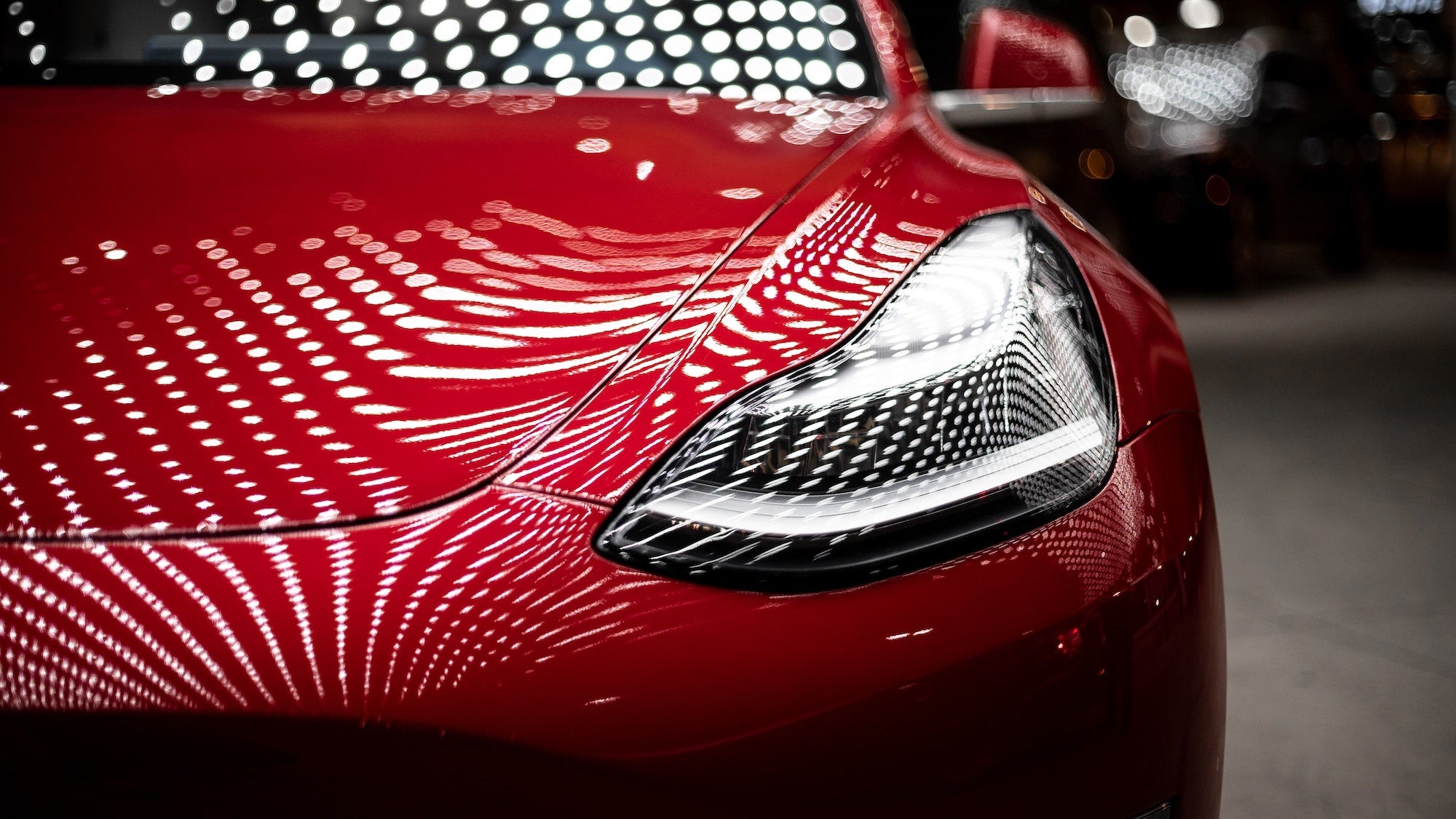Hackers expose key vulnerabilities in a Tesla Model 3
As we’ve learned over the past few years, almost anything that connects to the internet, uses Bluetooth or any other wireless protocols, or simply has a computer chip inside can be hacked—and that includes cars. There are just too many potential vulnerabilities across all these surfaces for hackers to exploit, and every time there’s a software update, there is a chance that new ones get introduced even as the old ones are patched out. (Seriously, keep your software up-to-date, though. It’s the best way to stay as secure as possible.)
With that in mind, researchers from French security firm Synacktiv have won $530,000 and a Tesla Model 3 at Pwn2Own Vancouver, a security competition where “white hat” hackers and security researchers can win the devices with previously unknown vulnerabilities (that they discover and exploit)—plus a cash prize.
The team from Synacktiv demonstrated two separate exploits. In the first, they were able to breach the Model 3’s Gateway system, the energy management interface that communicates between Tesla cars and Tesla Powerwalls, in less than two minutes. They used a Time of Check to Time of Use (TOCTOU) attack, a technique that exploits the small time gap between when a computer checks something like a security credential and when it actually uses it, to insert the necessary malicious code. For safety reasons, they weren’t hacking a real Model 3, but they would have been able to open the car’s doors and front hood, even while it was in motion.
The second exploit allowed the hackers to remotely gain root (or admin) access to the mock Tesla’s infotainment system and from there, to gain control of other subsystems in the car. They used what’s known as a heap overflow vulnerability and an out-of-bounds write error in the Bluetooth chipset to get in. Dustin Childs, head of threat awareness at Trend Micro’s Zero Day Initiative (ZDI), told Dark Reading, “The biggest vulnerability demonstrated this year was definitely the Tesla exploit. They went from what’s essentially an external component, the Bluetooth chipset, to systems deep within the vehicle.”
According to TechCrunch, Tesla contends that all the…


